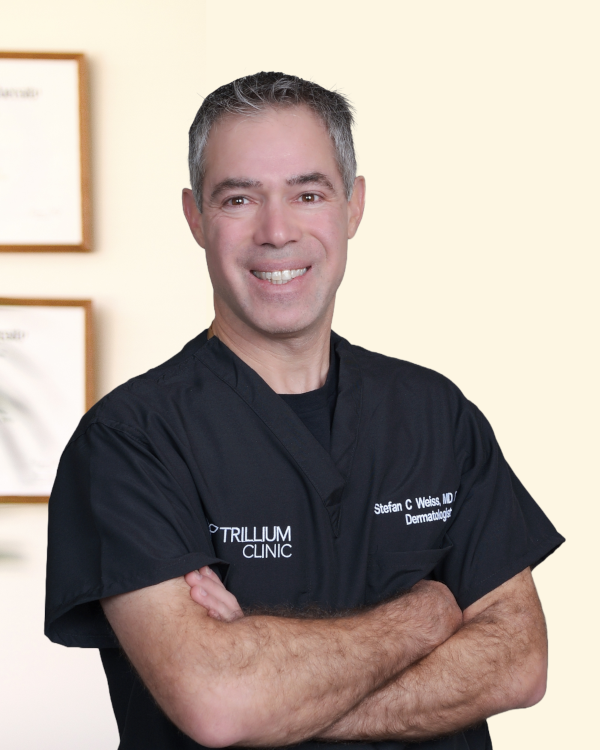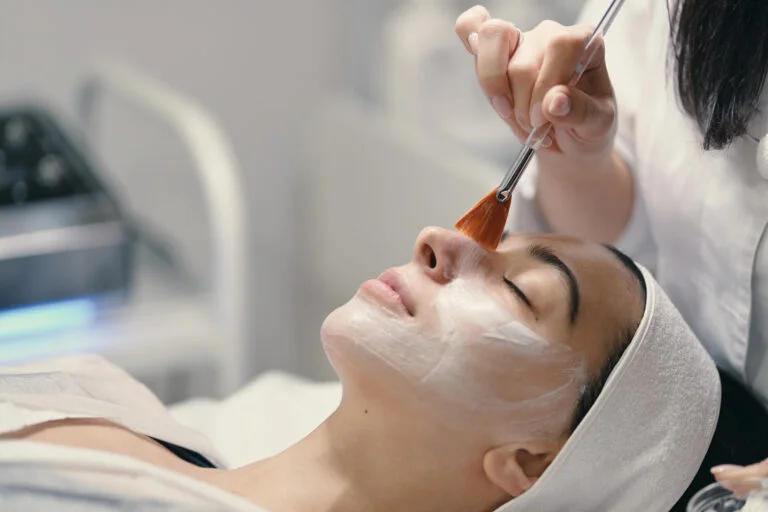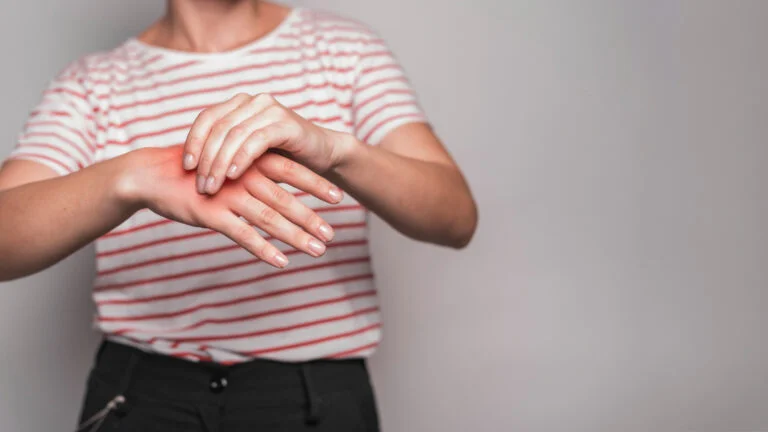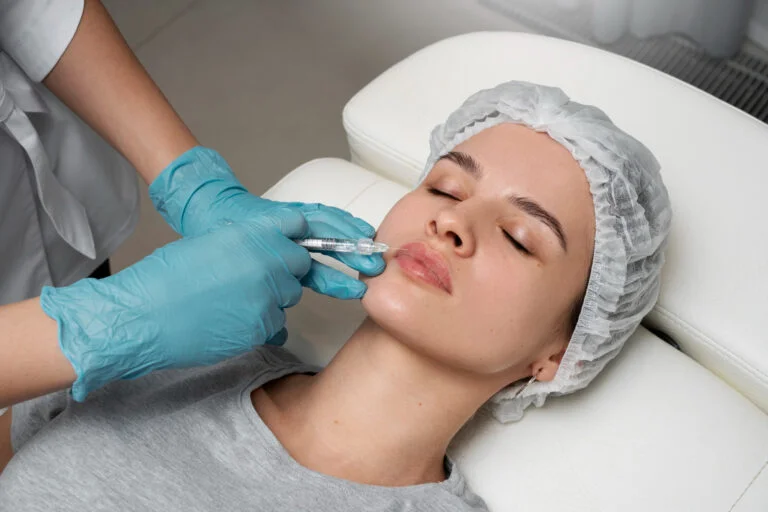Understanding the Path to Clearer Skin
Eczema, also known as atopic dermatitis, is a chronic skin condition characterized by inflammation, redness, and itching. It affects millions of people worldwide, causing significant discomfort and emotional distress. Although there is no cure for eczema, understanding its triggers and implementing effective eczema treatment strategies can help manage symptoms and improve the quality of life for those affected.
Identifying Triggers
The first step in managing eczema is identifying the triggers that cause flare-ups. Common triggers include:
- Allergens: Dust mites, pollen, pet dander, and mold can provoke eczema.
- Irritants: Soaps, detergents, shampoos, and even specific fabrics can aggravate the skin.
- Climatic conditions: Extreme temperatures and humidity levels can exacerbate symptoms.
- Diet: Certain foods, such as dairy products, nuts, and wheat, may trigger or worsen eczema for some individuals.
- Stress: Emotional stress can lead to flare-ups or make existing symptoms worse.
Once triggers are identified, avoiding or minimizing exposure to them can help reduce the frequency and severity of skin eczema treatment requirements.
Topical Treatments
Topical treatments are often the first line of defense against eczema. They include:
- Moisturizers: Regularly applying emollients helps maintain the skin’s barrier function and prevents dryness. Thick, greasy ointments are generally more effective than lotions or creams and are an essential part of eczema skin care.
- Topical corticosteroids: These anti-inflammatory medications help reduce redness and itching. They come in varying strengths, and it’s essential to use them as directed by a healthcare professional to avoid potential side effects.
- Topical calcineurin inhibitors: These non-steroidal medications, such as tacrolimus and pimecrolimus, reduce inflammation and are suitable for sensitive areas like the face and neck.
Zoryve and Opzelura: Innovative Treatments for Atopic Dermatitis
Introduction
Atopic dermatitis, commonly referred to as eczema, is a chronic skin condition characterized by inflammation, itching, and redness. It affects millions of individuals worldwide and can significantly impair quality of life. While traditional eczema remedies such as topical corticosteroids and emollients have been the mainstay of therapy, recent advancements have introduced innovative options like Zoryve and Opzelura, offering new hope for patients.
Zoryve (Roflumilast Cream)
Mechanism of Action
Zoryve, which contains the active ingredient roflumilast, is a phosphodiesterase-4 (PDE-4) inhibitor. By inhibiting PDE-4, Zoryve reduces the production of inflammatory mediators and cytokines, thereby decreasing inflammation and alleviating symptoms associated with atopic dermatitis.
Clinical Efficacy
Clinical trials have demonstrated the efficacy of Zoryve in reducing the severity and extent of atopic dermatitis lesions. Patients treated with Zoryve experienced significant improvements in itch severity, skin redness, and overall skin condition. The cream is well-tolerated, with minimal adverse effects reported, making it a promising option for long-term extreme eczema treatment.
Application and Usage
Zoryve is applied topically once daily to affected areas. It is important to follow the healthcare provider’s instructions regarding the duration of use and specific application techniques to achieve optimal results.
Opzelura (Ruxolitinib Cream)
Mechanism of Action
Opzelura contains ruxolitinib, a Janus kinase (JAK) inhibitor. By targeting the JAK-STAT signaling pathway, Opzelura modulates immune responses and decreases the production of inflammatory cytokines. This action helps to reduce the symptoms of atopic dermatitis, including itching, redness, and swelling.
Clinical Efficacy
Studies have shown that Opzelura is effective in improving the clinical outcomes for patients with atopic dermatitis. Patients using Opzelura reported significant reductions in itch intensity and skin inflammation. The cream’s safety profile is favorable, with most adverse events being mild and transient.
Application and Usage
Opzelura is typically applied to the affected skin areas twice daily. Consistent application as directed by a healthcare provider is crucial to achieving the best therapeutic outcomes. Patients are advised to avoid applying the cream to broken or infected skin.
Conclusion
Zoryve and Opzelura represent significant advancements in eczema treatment, offering patients effective alternatives to traditional therapies. Their unique mechanisms of action and favorable safety profiles make them valuable options for managing this chronic condition. As with any skin eczema treatment, it is essential to consult with a healthcare professional to determine the most appropriate therapy based on individual needs and circumstances. By incorporating these innovative treatments into their eczema skin care regimen, individuals with atopic dermatitis can achieve better symptom control and improved quality of life.
Systemic Treatments
In cases where topical treatments are not sufficient, systemic treatments may be necessary for extreme eczema treatment. These include:
- Oral corticosteroids: These medications are effective in controlling severe flare-ups but are typically used for short periods due to potential side effects.
- Immunosuppressants: Drugs like cyclosporine, methotrexate, and mycophenolate mofetil can help manage severe eczema by suppressing the immune system’s overactive response, making them a viable skin eczema treatment.
- Biologics: Monoclonal antibodies that target specific molecules involved in the inflammatory process. Examples include Nemolizumab, Tralokinumab, Dupilumab, and Lebrikizumab, offering promising solutions in eczema treatment.
- Antibiotics: These are used to treat bacterial infections that can worsen eczema symptoms. They may be prescribed as topical ointments or oral medications, playing a key role in how to treat eczema effectively.
Phototherapy
Phototherapy, or light therapy, involves exposing the skin to controlled amounts of natural or artificial ultraviolet light. It can be an effective skin eczema treatment for managing moderate to severe eczema by reducing inflammation and improving the skin’s barrier function. Phototherapy is typically administered in a clinical setting under the supervision of a dermatologist, helping patients explore advanced eczema remedies.
Complementary and Alternative Therapies
Some individuals find relief through complementary and alternative therapies, although scientific evidence supporting their efficacy is limited. These treatments include:
- Herbal remedies: Some herbs, such as aloe vera, chamomile, and calendula, are believed to have anti-inflammatory and soothing properties, making them popular eczema remedies.
- Acupuncture: This traditional Chinese medicine practice involves inserting thin needles into specific points on the body to promote healing and reduce stress, which may contribute to how to treat eczema.
- Dietary supplements: Omega-3 fatty acids, probiotics, and vitamins D and E may support skin health and reduce inflammation, offering a natural approach to eczema skin care.
Lifestyle Modifications
In addition to medical treatments, lifestyle modifications can play a crucial role in managing eczema. These include:
- Skincare routine: Using gentle, fragrance-free cleansers and moisturizers helps maintain the skin’s barrier function. Avoiding hot baths and showers, which can strip the skin of its natural oils, is also important for an effective eczema skin care routine.
- Clothing choices: Wearing soft, breathable fabrics like cotton and avoiding wool and synthetic materials can reduce irritation, a key consideration in how to treat eczema effectively.
- Stress management: Techniques such as yoga, meditation, and deep breathing exercises can help manage stress levels and prevent flare-ups, further supporting eczema remedies that promote long-term relief.
- Healthy diet: Eating a balanced diet rich in fruits, vegetables, and whole grains supports overall health and may reduce inflammation, making it a natural approach to skin eczema treatment.
Conclusion
While there is no cure for eczema, various treatment options and lifestyle modifications can help manage symptoms and improve the quality of life for those affected. By understanding and avoiding triggers, using appropriate topical and systemic treatments, and incorporating healthy lifestyle practices, individuals with eczema can achieve clearer, healthier skin and lead a more comfortable life. Consulting with a healthcare professional is essential to develop a personalized treatment plan that addresses individual needs and circumstances.Your skin is a direct reflection of your overall health. Whether it’s persistent acne, discoloration, or dryness, skin issues can often signal internal imbalances or underlying medical conditions. By prioritizing gut health, managing stress, maintaining a balanced diet, and adopting healthy lifestyle habits, you can achieve clearer, healthier skin. If you experience ongoing skin problems, consulting with a dermatologist can help diagnose any potential underlying health issues and provide the best eczema treatment plan for your skin. If you live in the Raleigh/Durham/Chapel Hill area, you can consult Dr. Weiss in Chapel Hill – an internationally renowned board-certified dermatologist with over 25 years of experience. An adjunct professor at the Ivy-League Brown University, he has tremendous insight on the connection between skin disease as a symptom of an underlying medical condition. If you are suffering from psoriasis, eczema, alopecia, or acne, call today to schedule your consultation.








